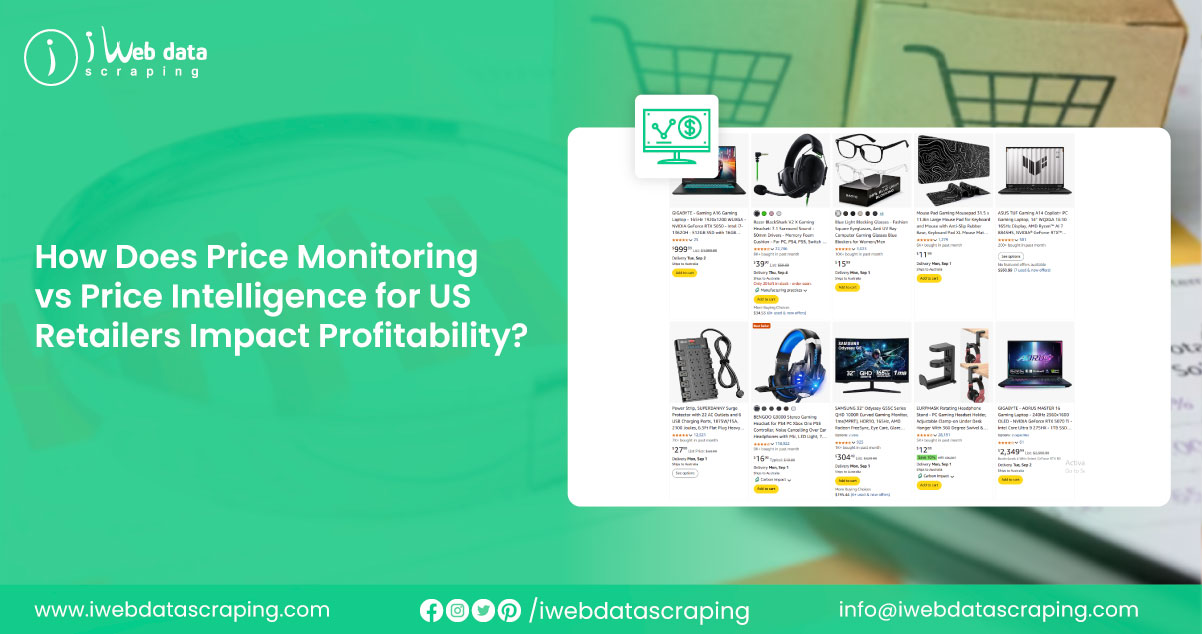
In today’s rapidly evolving retail landscape, data has become the cornerstone of competitive advantage. U.S. retailers are no longer relying solely on brand presence or product quality; pricing precision now plays a pivotal role in driving market share. The ability to track, analyze, and respond to competitor pricing can determine whether a business thrives or falls behind. This is where the discussion of Price Monitoring vs Price Intelligence for US Retailers becomes vital. Although often confused, these concepts serve distinct purposes—monitoring focuses on tracking competitor prices, while intelligence translates that information into actionable strategies. For companies aiming to Extract U.S. Retail Data for Price Intelligence, differentiating the two is essential to designing effective strategies. At the same time, the need to Scrape U.S. Retail Prices for Competitive Intelligence highlights how real-time insights shape decisions in today’s highly competitive marketplace, ensuring businesses remain agile and growth-focused.
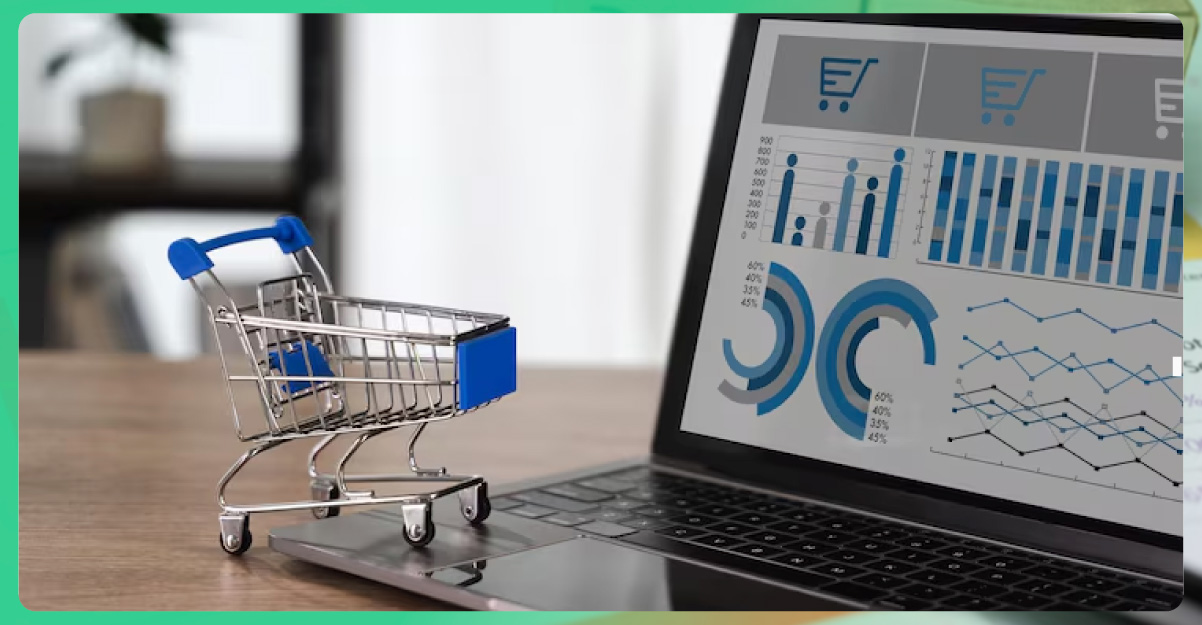
Price monitoring refers to the process of tracking competitor prices regularly, usually through automation or scraping solutions. Retailers and brands use monitoring to ensure their product prices remain competitive across different platforms and marketplaces.
For example, a shoe brand might monitor competitor pricing on Amazon, Walmart, or Target to ensure they are not overpriced compared to rivals. Monitoring focuses on the “what” — what is the competitor charging for a product, and how often does the price change?
Key features of price monitoring include:
For businesses interested in Scraping USA Market for Price Monitoring Insights, the goal is to collect raw numbers to establish a baseline. However, monitoring alone doesn’t provide the deeper context or the “why” behind competitor behavior. That’s where price intelligence comes into play.

Price intelligence goes beyond tracking. It is the practice of analyzing competitor pricing data, consumer behavior, and broader market trends to drive strategic decision-making. Price intelligence combines monitoring with advanced analytics to understand the “why” and “what next.”
For instance, if BestBuy lowers laptop prices before the holiday season, price intelligence helps determine whether it’s due to excess inventory, seasonal campaigns, or an industry-wide promotional strategy. Retailers adopting Retail price scraping for competitive intelligence in the US can turn raw data into actionable strategies such as anticipating future price drops, aligning discounts with demand, or designing personalized offers.
Key features of price intelligence include:
This deeper layer of analysis makes intelligence indispensable for businesses seeking not only to compete but thrive.
While price monitoring provides raw visibility into competitor actions, price intelligence translates that visibility into decisions. Below is a detailed comparison between the two approaches.
While price monitoring provides raw visibility into competitor actions, price intelligence translates that visibility into decisions. Below is a detailed comparison between the two approaches.
| Aspect | Price Monitoring | Price Intelligence |
|---|---|---|
| Definition | Tracking competitor prices regularly. | Analyzing competitor data for strategic insights. |
| Focus | “What” competitors charge. | “Why” prices shift and “What” actions to take. |
| Primary Use | Stay competitive in real-time. | Predict and plan long-term pricing strategies. |
| Data Depth | Limited to raw price points. | Incorporates reviews, demand, and seasonal context. |
| Tools Used | Scraping bots and dashboards. | Advanced analytics, AI, and BI platforms. |
| Outcome | Competitive alignment. | Strategic advantage and profitability growth. |
Retailers must move from pure monitoring to intelligence if they wish to thrive in competitive categories such as electronics, apparel, or groceries.
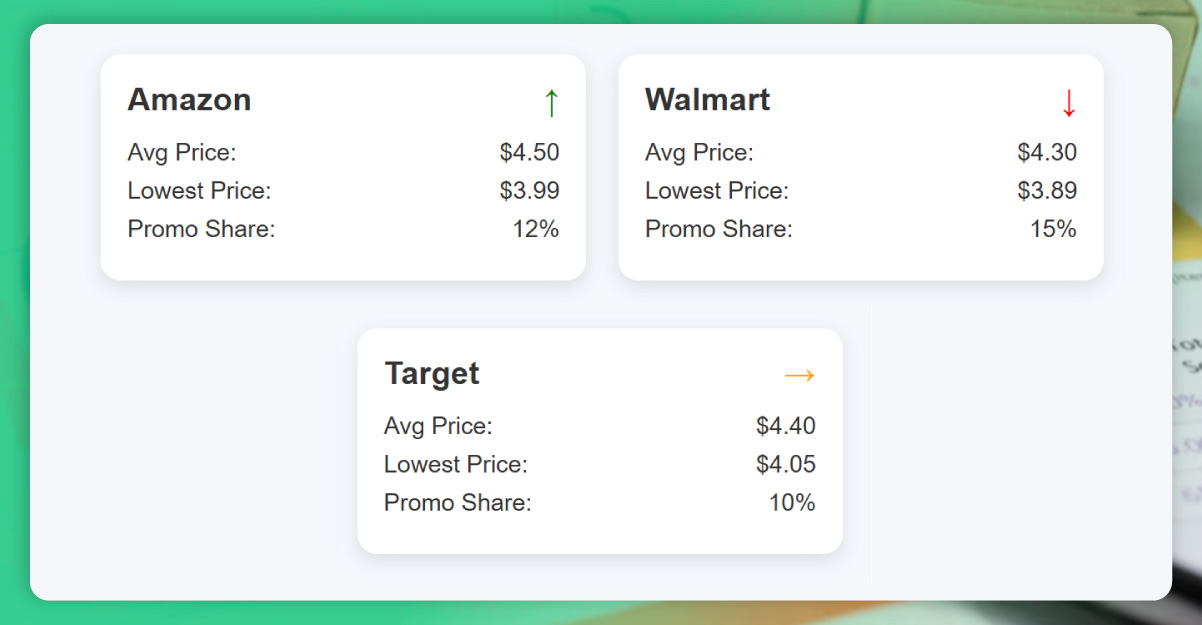
Even though price monitoring is often considered the “first step,” it is still a powerful tool. Many retailers rely on Scraping Retail Pricing Data for U.S. Market Trends to benchmark their products against competitors daily.
For instance:
Without monitoring, retailers risk being blindsided by sudden price drops or aggressive promotions from competitors. Price monitoring ensures they remain reactive and capable of aligning strategies in the short term.
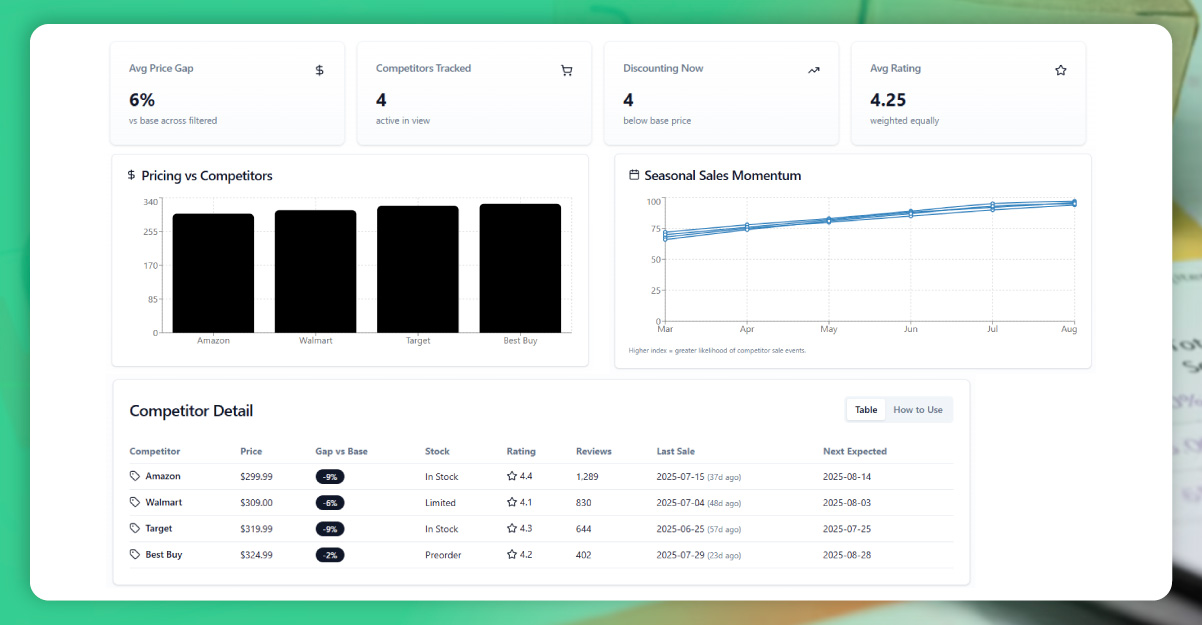
While monitoring keeps businesses informed, intelligence empowers them to act strategically. Retailers who Extract U.S. Retail Pricing Data for Monitoring & Intelligence can build models that anticipate competitor moves, align their discounts with consumer demand, and maximize profit margins.
Some use cases of price intelligence include:
For U.S. retailers, intelligence provides an edge in markets where consumers compare prices in real time before buying. It’s not about being the cheapest but about being the smartest.
Both monitoring and intelligence rely on data. Without accurate and timely information, strategies fall flat. That’s why web scraping has become the backbone of pricing strategies for modern retailers.
By using automated tools, businesses can scrape thousands of product listings from Amazon, Walmart, Target, BestBuy, or niche e-commerce sites. This data, once structured, feeds dashboards and analytics models.
For price monitoring, scraping provides daily or hourly updates on competitor prices. For price intelligence, the same data can be enriched with ratings, reviews, and demand signals, turning it into actionable insights.
The most effective strategy is not choosing one over the other, but integrating both. Price monitoring provides the foundation, while intelligence builds the strategy. For example:
This layered approach ensures businesses remain competitive in both the short and long term.
Unlock growth with our e-commerce data scraping services—turn raw data into actionable insights that drive sales and market leadership.
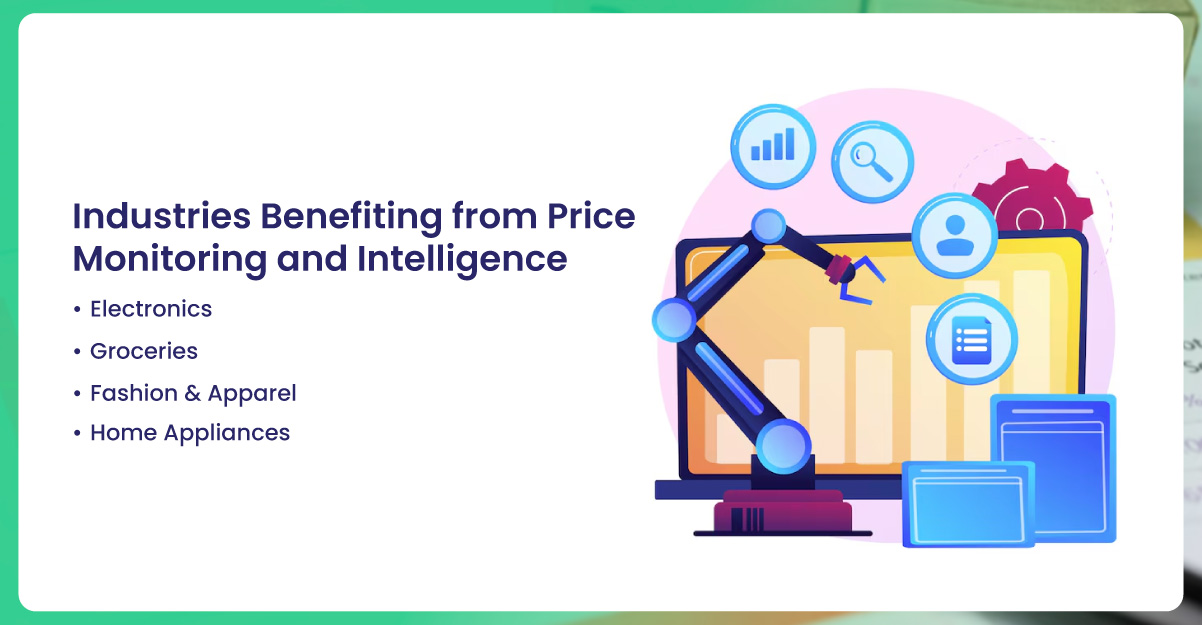
The U.S. retail market is vast, but some sectors particularly benefit from these strategies:
Across industries, businesses rely on Price Monitoring Services to stay competitive, adjust strategies, and safeguard profitability without compromising consumer trust.
At a deeper level, Price Intelligence Services empower retailers with actionable insights, enabling smarter decision-making that strengthens market positioning and fosters long-term customer loyalty.
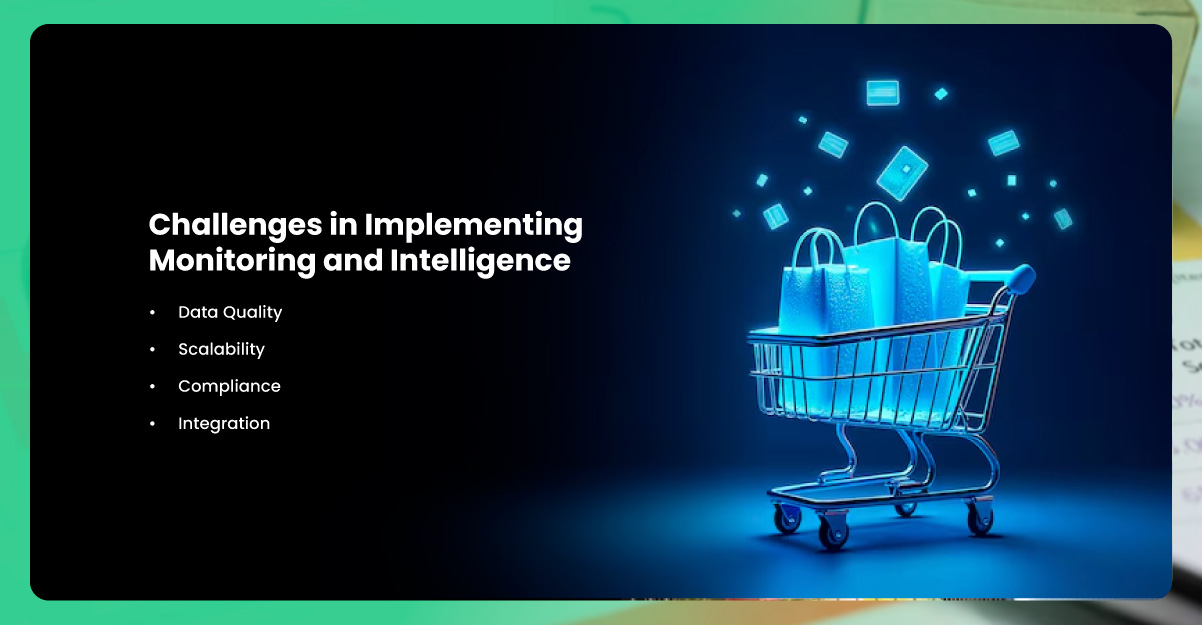
While the benefits are clear, businesses often face challenges:
Overcoming these requires robust technologies and experienced partners in data extraction and analytics.
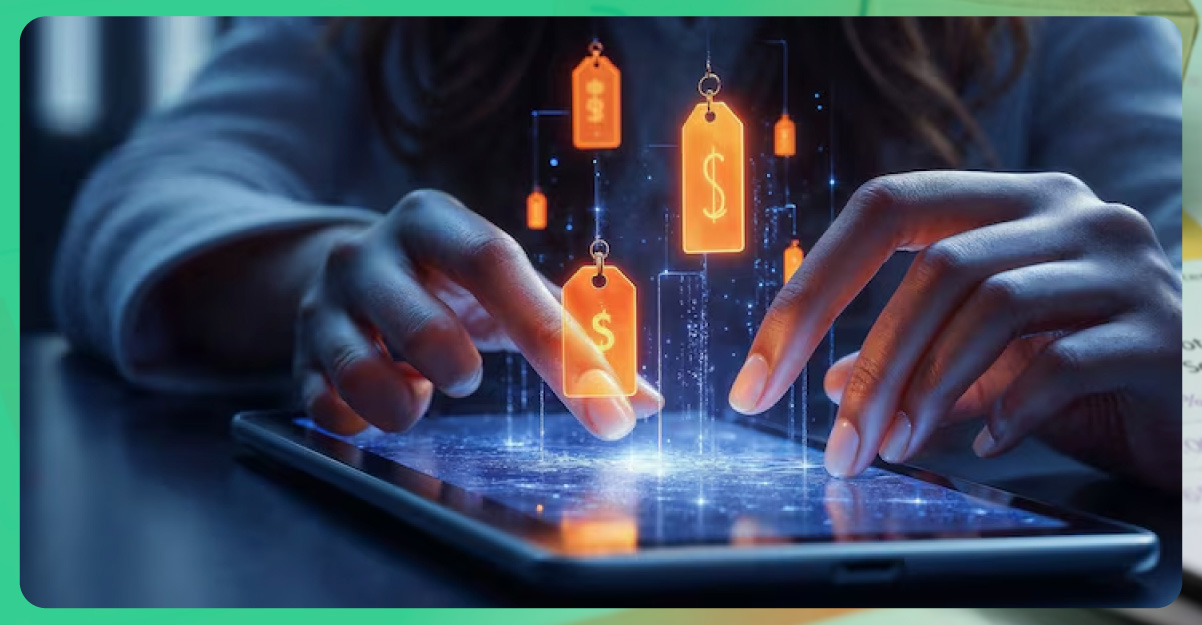
Looking ahead, price intelligence will become more predictive. With advancements in AI and machine learning, retailers will forecast competitor actions and consumer responses. Instead of waiting for promotions to happen, businesses will design proactive strategies.
Real-time scraping combined with AI will allow businesses to adjust pricing dynamically while maintaining profitability. Predictive intelligence will also incorporate external data, like economic indicators or regional demand, to guide decision-making.
Retailers that embrace this future will remain competitive, while those that lag risk losing both market share and consumer trust.
In the evolving landscape of U.S. retail, pricing is no longer static—it’s dynamic, data-driven, and intensely competitive. The distinction between monitoring and intelligence highlights two layers of strategy: one reactive, the other predictive. Retailers must embrace both if they wish to stay competitive.
Monitoring provides the raw foundation, ensuring businesses don’t lose ground in the short term. Intelligence, on the other hand, equips them to act strategically, maximizing profitability and consumer loyalty. Together, they represent the future of retail strategy.
To succeed, businesses must combine scraping technologies with advanced analytics. The journey doesn’t end with monitoring; it evolves into intelligence.
Retailers increasingly rely on tools that allow them to Extract Popular E-Commerce Website Data to identify pricing gaps and promotional opportunities. They also use an Ecommerce Product Ratings and Review Dataset to understand customer sentiment and how price influences purchase decisions. In addition, ECommerce Data Intelligence Services integrate monitoring with actionable insights, enabling businesses to stay agile and competitive in U.S. retail pricing.
Experience top-notch web scraping service and mobile app scraping solutions with iWeb Data Scraping. Our skilled team excels in extracting various data sets, including retail store locations and beyond. Connect with us today to learn how our customized services can address your unique project needs, delivering the highest efficiency and dependability for all your data requirements.